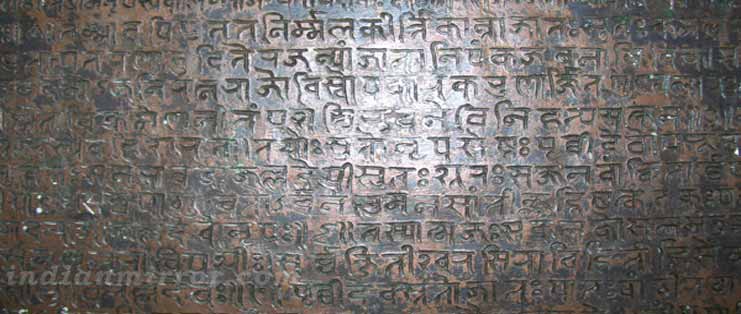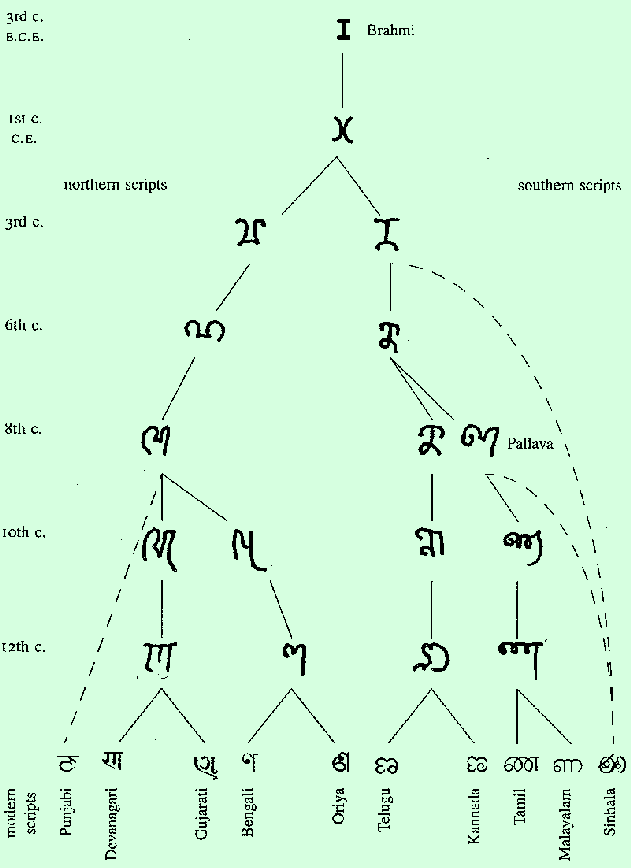Indian History In Hindi Language

Hindi language, member of the group within the branch of the language family. It is the preferred official language of, although much national business is also done in English and the other languages recognized in the Indian constitution. In India, Hindi is spoken as a first language by nearly 425 million people and as a second language by some 120 million more. Significant Hindi speech are also found in,,,,. History and varieties Literary Hindi, written in the script, has been strongly influenced. Its standard form is based on the, found to the north and east of., which was an important literary medium from the 15th to the 19th century, is often treated as a of Hindi, as are Awadhi, Bagheli, Bhojpuri, Bundeli, Chhattisgarhi, Garhwali, Haryanawi, Kanauji, Kumayuni, Magahi, and Marwari.
Indian History In Hindi Language

Indian History In Hindi Language Pdf
However, these so-called of Hindi are more accurately described as regional languages of the “Hindi zone” or “belt,” an area that approximates the region of northern India, south through the state of. Within this zone, the degree to which regional languages resemble standard Hindi varies considerably. Maithili—the easternmost regional language of the Hindi belt—bears more historical resemblance to than to standard Hindi. Likewise,, the westernmost language of the belt, in some respects resembles Gujarati more than standard Hindi. Nevertheless, the majority of speakers of these regional languages consider themselves to be speaking a Hindi dialect. Among other reasons, they note that these languages were grouped with Hindi by the British in an attempt to classify languages in the early days of British rule. Furthermore, Hindi (rather than one of the regional languages) was chosen as the medium of instruction at the elementary-school level.
Indian History In Hindi Pdf
In large part as a result of this colonial policy, members of the urban middle class and educated villagers throughout the zone claim to be speakers of Hindi because the use of these regional languages or dialects in public venues—that is, outside the circle of family and close friends—is perceived as a sign of inadequate education. In other words, speaking standard Hindi gives as much status to people in this region as speaking gives in the south of India; both are treated as languages of upward. Thus, people in search of new jobs, marriages, and the like must use standard Hindi in everyday. In many cases, young people now have only a passive knowledge of the regional languages. Particularly since the 1950s, the prevalence of mass media (radio, television, and films) and growing literacy have led to an increase in the number of native speakers of standard Hindi. Occasionally there are demands for the formation of separate states for the speakers of one or another regional language.



